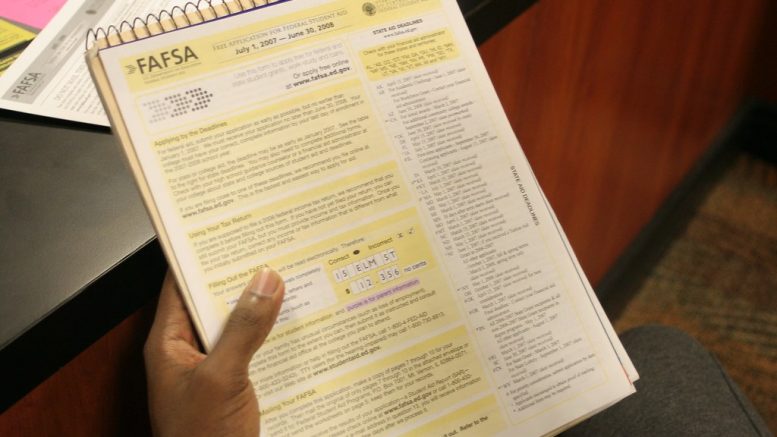By Marvi Pabrekar
As high school students approach graduation, the reality of college expenses looms over their heads. Many families rely on the Free Application for Federal Student Aid (FAFSA), a critical tool to help students secure funding for their education. But what exactly is the FAFSA, and why is it so important?
FAFSA is a form that students fill out to determine their eligibility for federal financial aid, including grants, loans, and work-study opportunities. It’s a way for the government to assess a family’s financial situation to see how much they can contribute to a student’s education. Completing this form is often the first step in accessing financial aid, which can significantly reduce the burden of college costs.
But while FAFSA is designed to assist those who need it most, the system has its complexities. This year, the filing process faced delays that left many students anxious about their college decisions. To gain insight into how their experiences with FAFSA shaped their college journeys, The Westword interviewed three Westhill seniors.
Aishani Salodkar (‘25) said, “I think it’s a great system for those in need and those that really deserve the aid,” However, she also noted, “I feel that it puts middle-class families in a tough position, and there is no clear income that distinguishes a family receiving some aid versus receiving a lot of aid. It wasn’t delayed for me personally, so it definitely didn’t affect my decision process.”
Disha Kandasami (‘25) expressed a more critical view of FAFSA. She said, “I think it’s good for families with really low incomes. But it’s not that exclusive for middle-class households.” Many students across the nation reflect the concerns of families who feel that they do not fully benefit from the aid programs designed to help students, despite having financial needs.
Elizabeth Mendez (‘25) said, “I mean, my opinion is pretty neutral. I assumed at first that it was this hard and confusing thing that would take forever to do. When I actually did it, it took no more than 20 minutes and was pretty straightforward.” Due to her low Student Aid Index (SAI), Elizabeth qualified for Pell Grants, which provided funding for her education. “Schools were able to give me more money because of what FAFSA said. I know for others it wasn’t the same, and they barely received any help. So it’s really from person to person’s experience.”
From these interviews, it’s clear that FAFSA is important for many students, but its effectiveness varies widely. The recent delays in processing applications added extra stress for seniors, as decisions about which colleges to attend were heavily influenced by financial aid packages.
In conclusion, FAFSA plays a massive role in the college funding landscape, helping students from various backgrounds find the financial assistance they need. Understanding the complexities of FAFSA can allow students to ensure they have the support they need to succeed.

